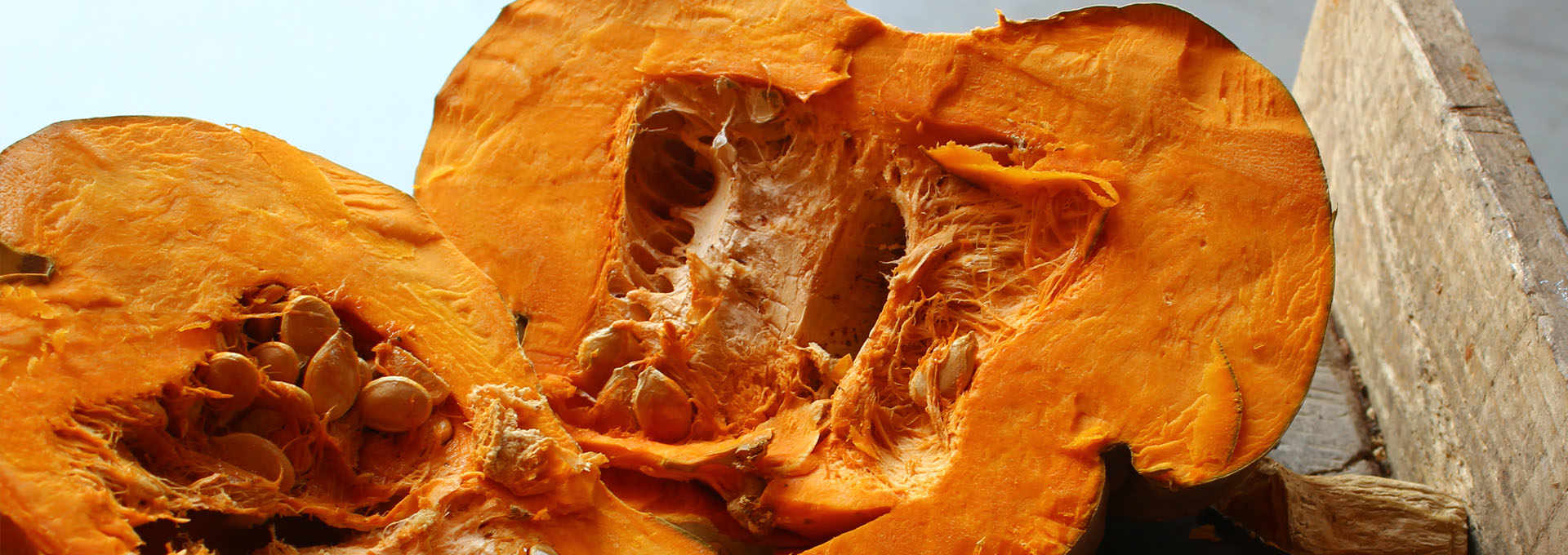 Get more of ArteCibo delivered to your inbox
Get more of ArteCibo delivered to your inboxSign up for free newsletter

The origins of the pumpkin
In its native land, the Americas, the pumpkin was grown in numerous varieties, thousands of years before Christ (or BCE) as witnessed by some seeds found in Mexico, dating 7000-6000 BCE. In the wake of Christopher Columbus’s discovery of America, the Spanish explorers introduced pumpkins to Europe. The pumpkin was cultivated in Mantua area (“Mantova” in Italian) as early as the 16th century, initially as rustic food, then featured in a number of more refined recipes. A staple in the diet of the Gonzaga family, the Dukes of Mantua, it has since spread out to all classes, achieving the popularity it enjoys up to the present time.
The Capèl da Prèt De.Co. Pumpkin
Capèl da Prèt is a type of pumpkin grown in Quistello, a village in the Mantuan Oltrepò. In 2014, it was acknowledged the status of Municipal Designation. Literally meaning “priest’s hat” in the local dialect, it consists of two domed-shaped parts, one on top of the other. The upper measures between 11 and 26cm wide, whereas the width of the lower part may vary from 6 to 21cm. The weight may also range from 1 to 5kg. The rind is light-grey and shiny. The flesh is deep orange and has a firm texture. The Capèl da Prèt pumpkin is sown in April and harvested by hand in late September. Notwithstanding its sweetness, the pumpkin is very low on calories and can therefore be consumed by the diabetics as well. A 100g portion accounts for only 17kcal and a large quantity of minerals and vitamins A, B1, B2, PP, C and E. The pumpkin also contains betacarotene, which prevents heart diseases. Its seeds are rich in iron, magnesium, phosphorus and cucurbitacins, a bioactive compound which is valued for its inhibitory effects in prostate disorders.
The fragrance of the Capèl da Prèt pumpkin contains delicate and highly-recognisable nuances of vanilla and wild flowers. The cooked flesh of the pumpkin is soft and not so stringy, with a sweet taste and a hazelnut aftertaste. Mixed with Parmigiano, amaretti biscuits and quince mostarda, it makes the filling for tortelli mantovani, Mantua-style tortelli. The Capèl da Prèt pumpkin can be used in all its parts. The seeds, toasted and salted, are an appetising, healthy snack. Capèl da Prèt-based dishes find an excellent pairing in Lambrusco wines, red and rosé, of Quistello.
